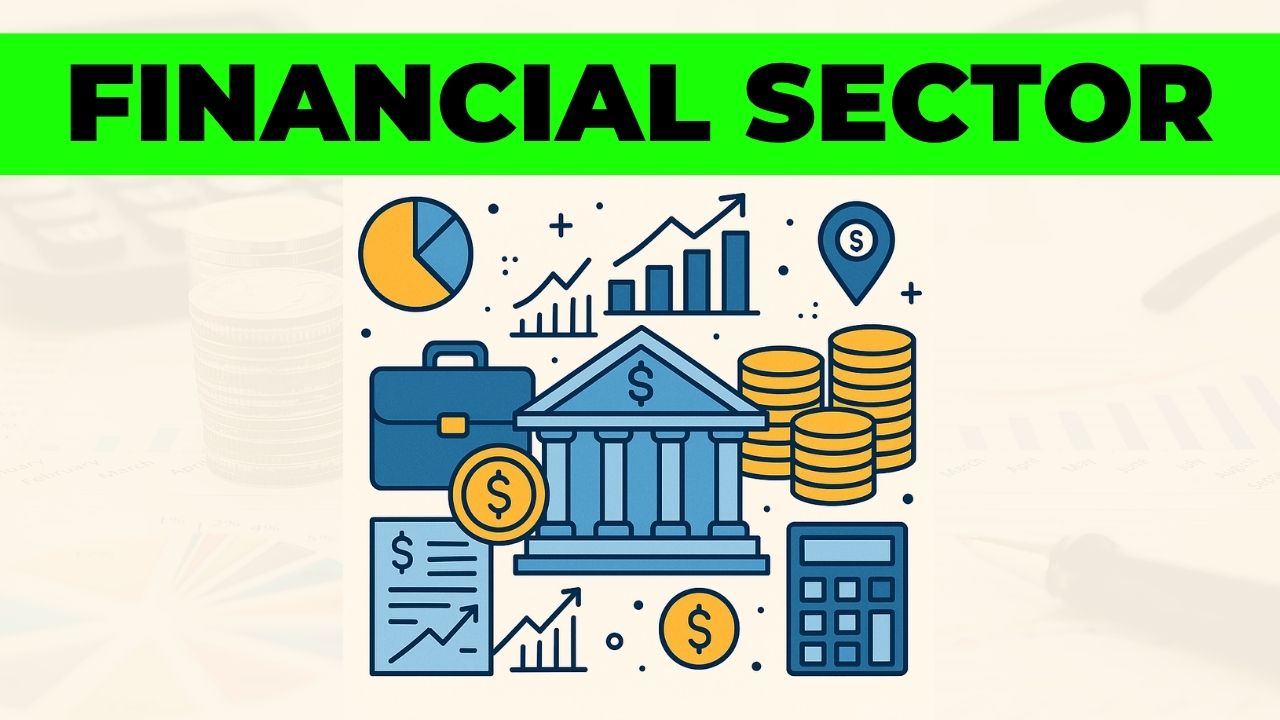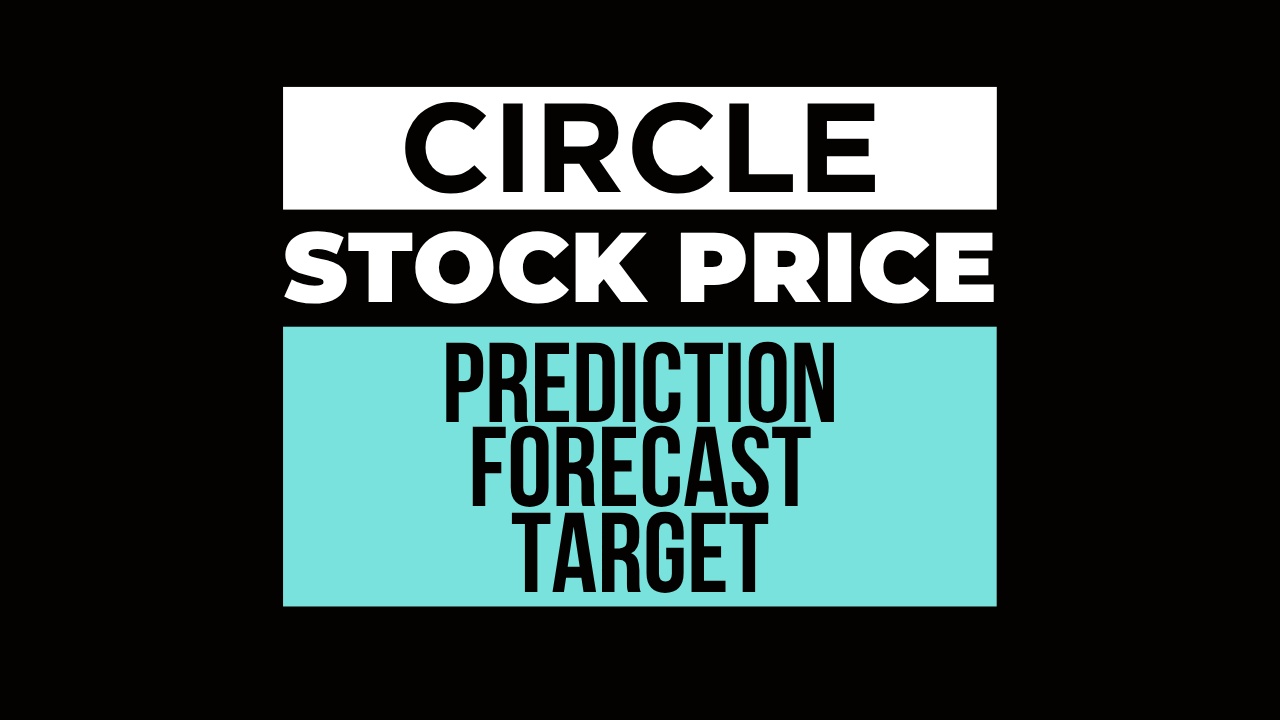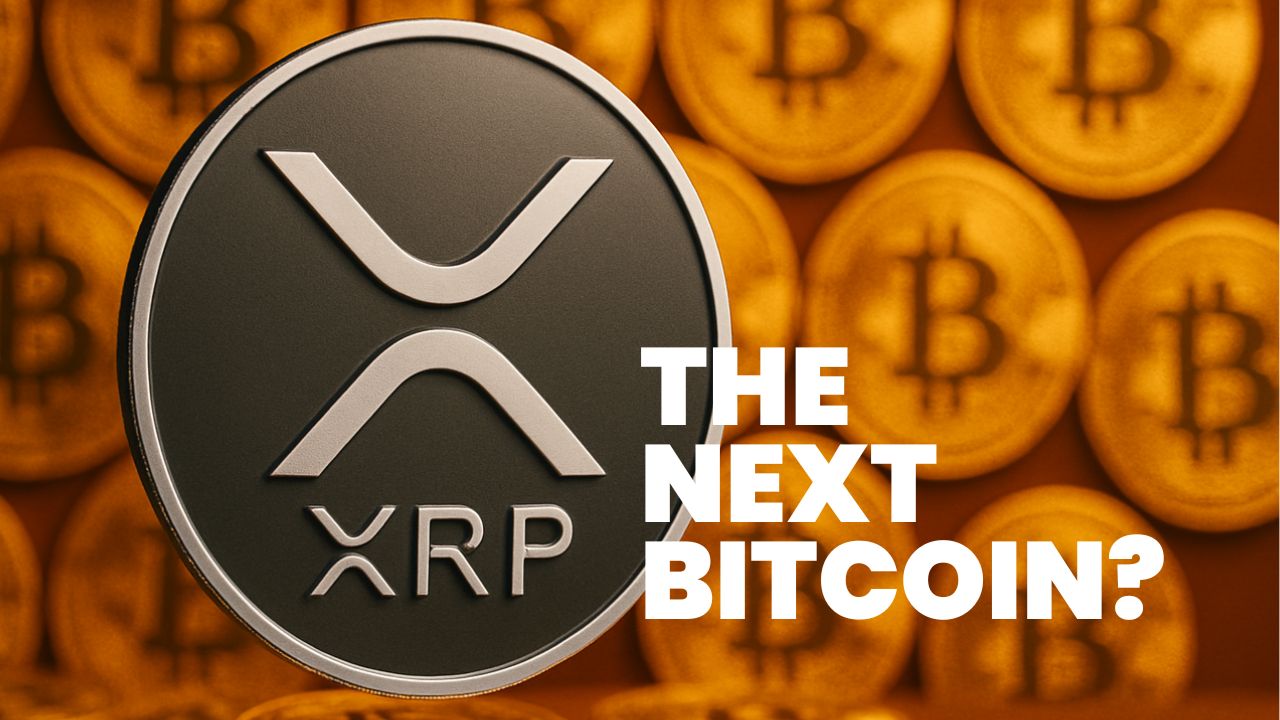Last Updated on 20 June 2025
Circle Internet Financial, Inc. (CRCL), the company behind the USDC stablecoin, launched its IPO on June 5, 2025. The shares were priced at $31 each, with 34 million shares sold, raising $1.1 billion and targeting a valuation of $6.9 billion. It’s clear the company has big plans.
Initially, Circle’s IPO filing planned to offer 24 million shares at a price range of $24 to $26, targeting approximately $624 million. However, due to exceptional investor demand, Circle increased the offering size and priced its IPO at $31 per share, above the revised range of $27 to $28. The IPO includes approximately 34 million shares – 15.1 million new shares from the company and 19.2 million from existing stockholders – raising about $1.1 billion and valuing Circle at roughly $7.1 billion.
Circle Internet Group (CRCL) made a strong debut on the New York Stock Exchange on June 5, 2025.
On the first day of trading, the stock opened at $69, which was a jump of 123% from its IPO price. During the day, it went as high as $103.75, giving early investors a 235% gain at its peak.
This article breaks down everything you need to know, from Circle’s core business and industry position to how its stock might perform over the next few decades.
Company Overview
Circle Internet Group is a key player in the world of digital finance, especially known for its role in the stablecoin market.
Here’s a quick overview of what the company is all about.
| Company Name | Circle Internet Financial, Inc. |
| Sector | Financials |
| Industry | Capital Markets / Cryptocurrency Services |
| IPO Year | 2025 |
| Stock Exchange | NYSE (Ticker: CRCL) |
| Founders | Jeremy Allaire, Sean Neville |
| Established | 2013 |
| Specialization | Stablecoin Issuance (USDC), Blockchain Payments |
Circle was founded in 2013 by Jeremy Allaire and Sean Neville. Headquartered in Boston, Massachusetts, the company is best known for USDC, the world’s second-largest stablecoin with over $62 billion in circulation.
Circle stands out for its strong focus on regulated stablecoins and its blockchain-powered payment solutions, especially the Circle Payments Network (CPN). These efforts aim to connect traditional finance with digital assets. It has caught the eye of major investors like Cathie Wood’s ARK Investment Management and BlackRock, who plan to buy significant shares.
Also Read – 8 Important Facts About Stablecoins You Need to Know in 2025
What Drives Stock Prices – Especially for Circle?
Stock prices don’t just move randomly. They are influenced by how a company is performing, the health of the overall economy, and how investors feel about future prospects.
For Circle, here are the major driving forces:
- Revenue Sources: The company earns money from transaction fees, income from reserves (which totaled $1.7 billion in 2025), and new offerings like CPN.
- Regulatory Factors: Changes in U.S. laws about stablecoins—like the Republican-supported bill introduced in 2025—could impact how Circle operates.
- Market Adoption: The growing use of USDC in areas like decentralized finance (DeFi) and international payments increases demand.
Other broader factors—like interest rate changes and crypto market swings—will also play a big role in how Circle’s stock performs once it’s publicly traded.
The Financial Sector

Circle is part of the financial sector, which includes everything from traditional banks to modern fintech companies, including those working with cryptocurrencies. This sector plays a huge role in how money moves around the world, and fintech is leading a wave of innovation.
Key Factors Impacting the Sector
- Regulations: Rules around digital assets like stablecoins can affect costs and market access.
- Economic Trends: Interest rates and inflation affect investor confidence and market behavior.
- Technology Growth: Innovations like blockchain and AI are changing how financial services operate.
Recent Sector Growth
The financial sector has seen strong growth in recent years, especially as fintech becomes more common. In 2025, smoother U.S.-China trade relations boosted IPO activity, benefiting companies like Circle. Interest from big investors, such as ARK’s plan to buy up to $150 million in Circle shares, shows that this part of the market is gaining serious momentum.
Cryptocurrency Services Industry
Circle belongs to the Cryptocurrency Services industry, a space full of competition and constant change. It focuses on issuing stablecoins and building blockchain payment systems. Circle goes head-to-head with players like Tether, PayPal (with its PYUSD), and some banking partnerships.

What’s Shaping This Industry
- Demand for Stablecoins: USDC is used in trading and DeFi. Its popularity drives Circle’s revenue.
- Tough Competition: Tether has a bigger market share, and other players are quickly entering the space.
- Regulatory Movement: Laws being developed in 2025 will affect how trusted and cost-effective Circle can be.
Recent Growth and Key Moves
The industry is booming thanks to more institutional support and clearer regulations. In May 2025, Circle launched the Circle Payments Network, allowing everyday users to send payments across borders using blockchain.
Even after turning down a $4–$5 billion buyout offer from Ripple, Circle made it clear it plans to grow on its own – especially through its IPO.
What Could Affect Circle’s Stock Growth?
Once Circle starts trading, the key to its stock price going up will be how well it can take advantage of trends like:
- The increasing use of stablecoins
- A clearer regulatory path for crypto
- Partnerships with big names like Coinbase
With a reserve income of $1.7 billion and promising tools like CPN, Circle is in a strong position. And with Bitcoin reaching around $109,800 in May 2025, the overall crypto environment is looking bullish. That said, challenges like economic ups and downs and stiff competition could slow things down.
Also Read – CRCL Stock Soars Over 33% as Stablecoin Market Cap Hits $252 Billion After Genius Act Passage
Speculative Stock Targets
Circle’s IPO, launched on June 5, 2025, includes 34 million Class A shares priced at $31 each, surpassing the initial plan of 24 million shares at $24 to $26. This upsized offering raised approximately $1.1 billion, valuing Circle at roughly $7.1 billion, with a fully diluted valuation of $8.1 billion, according to Investing.com. The shares began trading on the NYSE under the ticker “CRCL” on June 5, 2025. Since trading has just started, detailed technical analysis is not yet available.
But once it does, we will start looking at:
- Moving Averages: These will show whether the stock is gaining or losing momentum.
- Support and Resistance Levels: These help figure out likely price ranges.
- RSI (Relative Strength Index): This will tell us whether the stock is potentially overbought or oversold.
Speculative Long-Term Targets
We’ve made some long-term price estimates based on possible yearly growth. Here’s what the numbers might look like starting from a $25 IPO price:
| Year | Median Price | Lower Bound | Upper Bound |
|---|---|---|---|
| 2025 | 250 | 170 | 300 |
| 2030 | To be updated soon | To be updated soon | To be updated soon |
| 2040 | To be updated soon | To be updated soon | To be updated soon |
| 2050 | To be updated soon | To be updated soon | To be updated soon |
We will update these numbers as CRCL keeps trading on the NYSE and clear price trends appear.
The long-term outlook will also depend on investor mood and technical indicators.
Long-Term Outlook – Why the Future Looks Bright for Circle?
Circle has what it takes to do well in the long run. As more people start using stablecoins like USDC and as tools like the Circle Payments Network gain traction, the company’s growth opportunities are strong.
The IPO is also getting backing from big names like J.P. Morgan and Goldman Sachs. Plus, interest from institutional investors such as ARK shows strong confidence. However, challenges like tighter competition with Tether and possible delays in U.S. regulations could slow things down.
If Circle keeps pushing forward with innovation and handles new rules well, it has a good shot at becoming one of the top players in digital finance over the next few decades.
Also Read –7 Surprising Facts You Must Know About Tether (USDT) in 2025
Final Thoughts
Circle Internet Financial is set to play a major role in connecting traditional banking with the digital asset world. Its USDC stablecoin already has a strong reputation, and the upcoming IPO could be a game-changer.
While exact price predictions will come later, Circle’s strong fundamentals – like its big reserve income and focus on regulated finance – make it one to watch. For investors, keeping an eye on how the stock performs in its early days and watching for key market signals will be important. Overall, Circle’s entrance into public markets could be one of the most exciting crypto stories of the decade.
This article is for educational and informational purposes only and should not be considered financial advice. Investing in stocks, cryptocurrencies, or other assets involves risks, including the potential loss of principal. Always conduct your own research or consult a qualified financial advisor before making investment decisions. The author and publisher are not responsible for any financial losses incurred from actions based on this article. While efforts have been made to ensure accuracy, economic data and market conditions can change rapidly. The author and publisher do not guarantee the completeness or accuracy of the information and are not liable for any errors or omissions. Always verify data with primary sources before making decisions.
Dawson Blake is a financial markets expert with over 10 years of experience, focusing mainly on stock market news and price movements. He aims to become a top-tier authority in curating stock news content that readers can trust as their go-to source for market information. Dawson enjoys breaking down market activity, company updates, and daily trends to help investors stay informed and make smarter financial decisions. His writing is simple, clear, and designed to make the stock market easy to follow for everyone.



